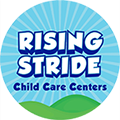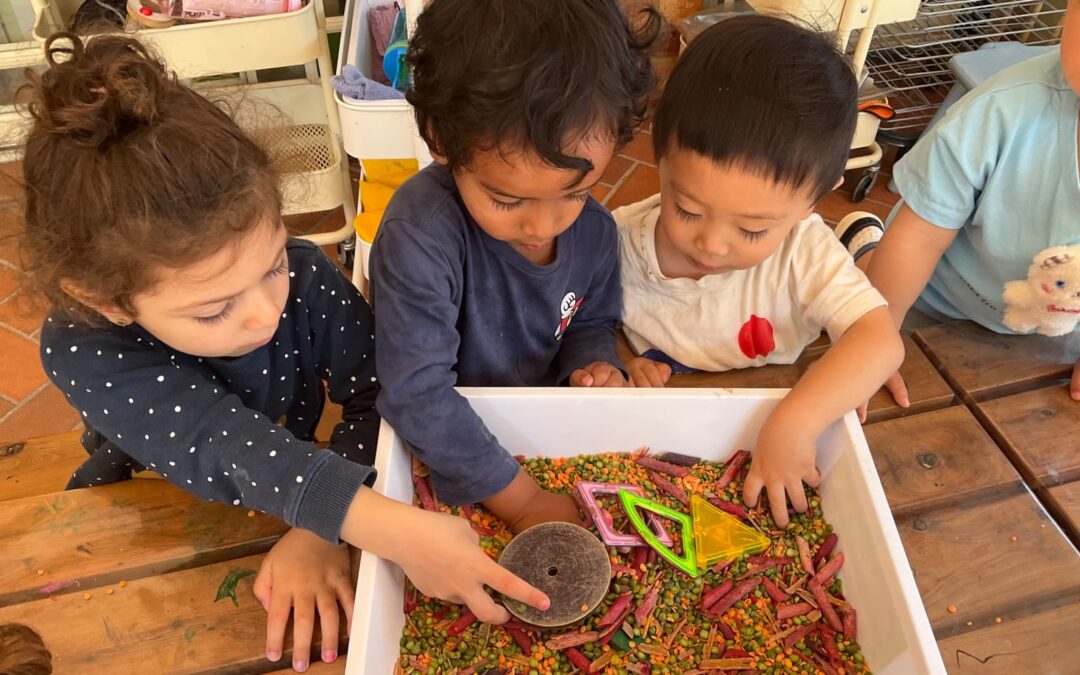Sensory Play for Toddlers: Exploring the World Through Touch, Taste, and Sound.
1. Edible Sensory Bins
Create a safe and delightful sensory experience with edible sensory bins. Fill a container with cooked pasta, cereal, or other safe, edible items. This activity encourages exploration through touch and taste, perfect for curious toddlers who are still learning not to put non-food items in their mouths.
2. Playdough Play
Playdough is a timeless favorite that stimulates creativity and fine motor skills. You can make homemade, non-toxic playdough with natural ingredients. Let your child squish, roll, and shape the dough, enhancing their tactile experience and hand-eye coordination.
3. Water Play
Simple yet endlessly entertaining, water play is a great sensory activity. Set up a small basin with water and add cups, spoons, and floating toys. This not only introduces them to the concept of liquid but also helps in developing their motor skills and understanding of cause and effect.
4. Finger Painting
Unleash your toddler’s inner artist with finger painting. Using non-toxic, washable paints, let them create their masterpieces. This activity is not just about the visual appeal but also the tactile experience of paint against their fingers.
5. Bubble Play
Bubbles are magical for children. Whether it’s blowing them or chasing them, bubble play is an excellent way for your child to engage with their surroundings, developing both visual tracking skills and motor control.
6. Sensory Bags
Sensory bags are safe and mess-free. Fill zip-lock bags with items like hair gel, beads, or glitter. Seal them tightly and let your toddler squish and press them to see the movements and colors. These are great for tactile and visual stimulation.
7. Music and Dance
Incorporating music and movement is essential for sensory development. Play different types of music and dance with your child. This not only enhances their auditory senses but also aids in physical development and rhythm recognition.
1. Color Sorting Games
Kids get lots of things in different colors like blocks or buttons. They put the same colors together. This helps their eyes learn to see and tell apart different colors. It’s good for learning to notice small differences in colors. Sorting by color also helps kids develop their ability to categorize and organize visually, which is important for visual memory.
2. Picture Puzzles
Give kids puzzles with pieces to put together. They look at the shapes and pictures to find where each piece goes. This is good for their eyes to learn how to see how different shapes fit together. Completing puzzles also enhances their ability to recognize patterns and details, which is crucial for developing strong visual perception skills.
3. Shadow Play
Use a light in the dark to make shadows with hands or toys. Kids try to guess what the shadows are. This helps their eyes learn to understand shapes and sizes, even when they look different as shadows. Shadow play also encourages imagination as children interpret various shapes, helping them understand visual information in creative ways.
4. Painting Activities
Including finger painting, primary colors of art – red, yellow and blue (primary colors in science are red, green and blue), color mixing and color wheel.
5. Patterns
Patterns are an important part of our lives in more ways than we can imagine. We have patterns in our daily rhythms, in events, in seasons, in designs of dresses, buildings and flowers, stationery, celestial bodies and so on. We are hardwired to look for and catch patterns, sometimes falsely. A lot of fun activities can be made using patterns.
Games to Play
1. Hide and seek – with twists and variations is an entertaining way to enjoy the gift of sight.
2. Guessing games – Close your eyes and guess the number of fingers I am showing, then see. All sorts of finger hiding games are fun to do and great way to learn numbers.
3. Magnify small things with a magnifying glass. We like the one from Okayji as it is large enough for kids to handle.
4. Fun Magic with Light – even without explaining about refraction, this is a simple, yet magical activity to show a child.
Stay tuned to our blog for more insights, tips, and ideas to support your parenting journey, always aligned with our commitment to quality, safety, and nurturing care.

